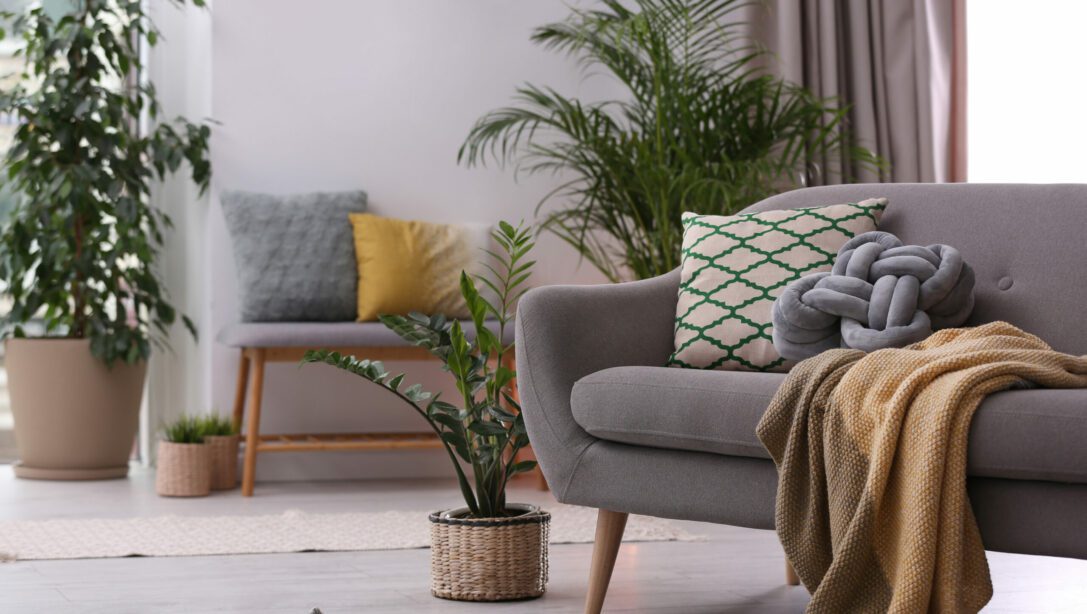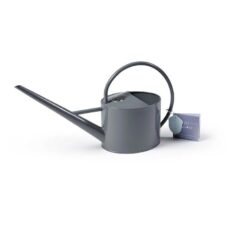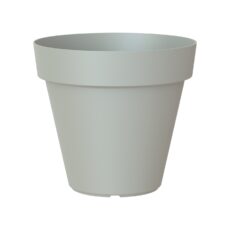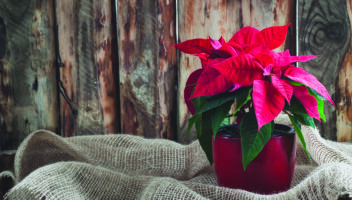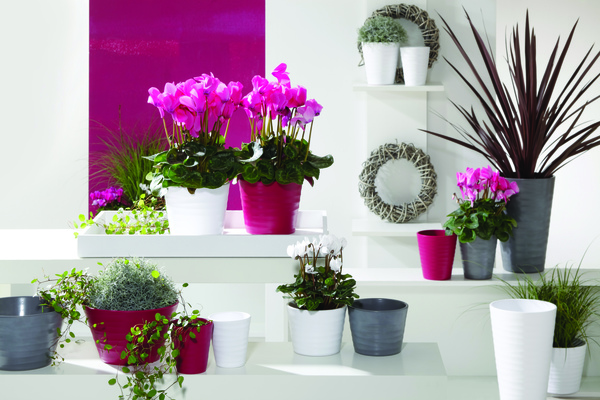Houseplants have become very popular in the last couple of years with more people investing their time creating green spaces indoors through a beautiful wealth of plants.
However, houseplants not only produce an eye-catching vision within your home, but also provide plenty of benefits for mental, psychological and physical wellbeing.
Environmental Benefits of Houseplants
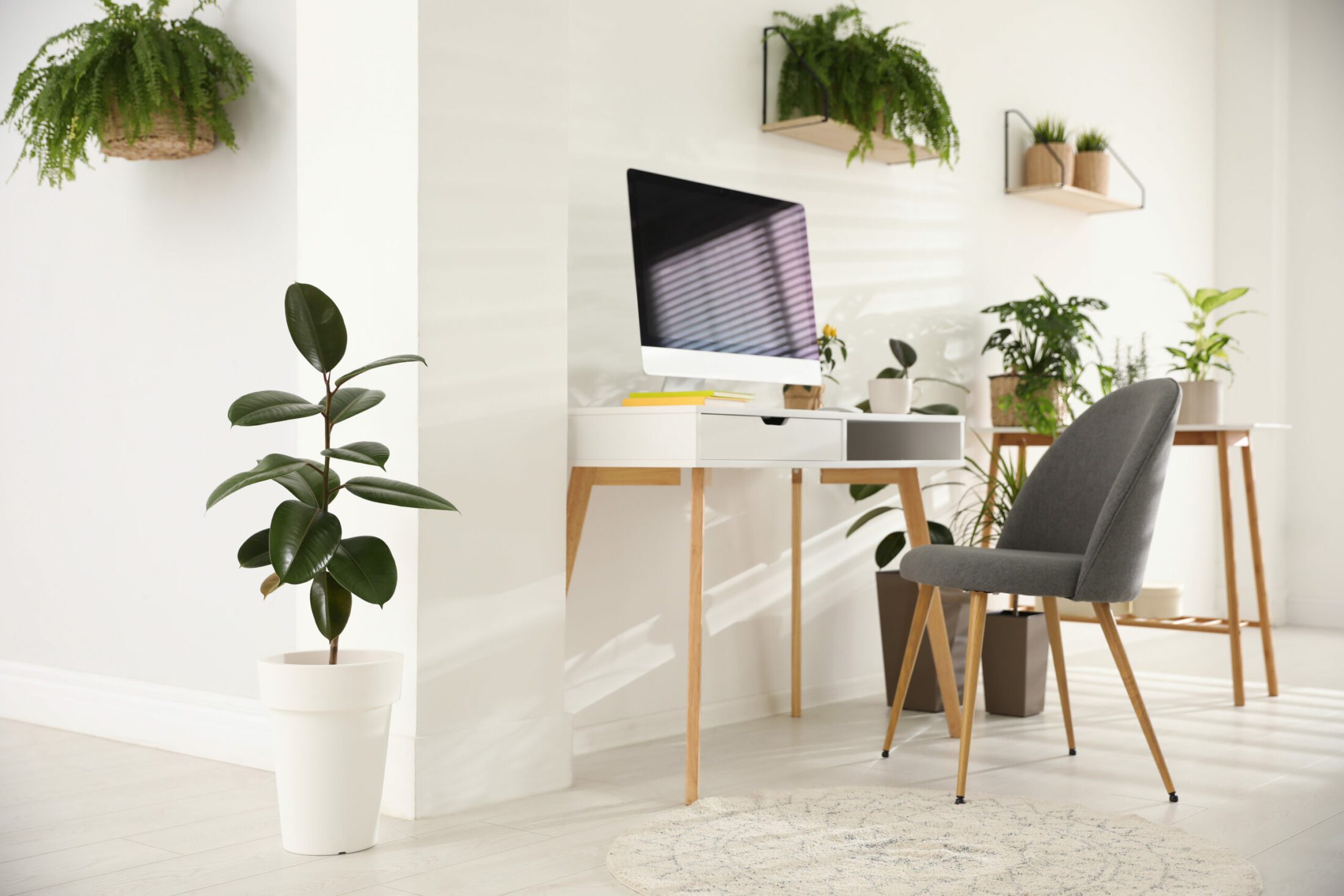
Plants are not just an attractive feature within homes, schools and places of work, they also have an influence in environmental qualities. The build-up of dust particles and indoor pollution can be counter balanced by houseplants. They can help to reduce the composites that may cause irritations including: headaches, skin conditions, breathy problems and tiredness. VOC (Volatile Organic Compounds), a large group of particles that are found in products we use for maintaining our homes, can also cause these issues. Many plants soak up toxic chemicals through pores in their leaves, humidifying the air and pushing the pollutants into their soil to be broken down by microbes, therefore acting as filters and neutralisers against them.
Plants that are effective in removing VOC:
- Boston fern (Nephrolepis)
- Peace lilies (Spathiphyllum)
- Spider plant (Chlorophytum comosum)
- Jade plant (Crassula ovata)
Mental And Psychological Benefits of Houseplants
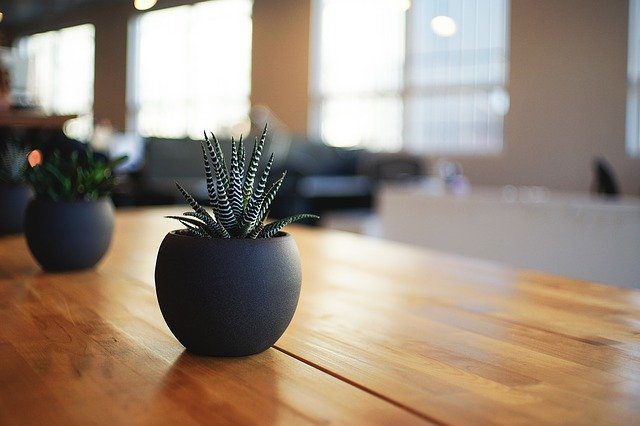
With an increased number of us spending more of our day-to-day life at home, it is important to create a safe space for your self-care. We may not realise it but houseplants can have a huge impact on improving our moods. Maintaining houseplants has proven to reduce anxiety levels and improve attention span. As well as this it will heighten the productivity of employees working from home or in the office. Indoor gardening can provide an outlet as a form of therapy. Horticultural remedies have been known to assist in recovery. They can act as a coping mechanism for those who suffer from dementia and depression.
Being in control of a living thing by caring for your plants is fascinating It can break a series of destructive thought patterns by substituting them with optimistic ones. Maintaining your houseplants can develop into a regular hobby – a recognised element in cognitive behavioural therapy – and ultimately, preventing the cycle of low moods.
Plants that are beneficial in fighting stress:
- Rosemary
- Jasmine
- English Ivy
- Chrysanthemum
Plants that can improve psychological impacts:
- Aloe vera
- Lavender (Grown outside, brought in)
- Snake plant (Dracaena trifasciata)
Physical Benefits of Houseplants
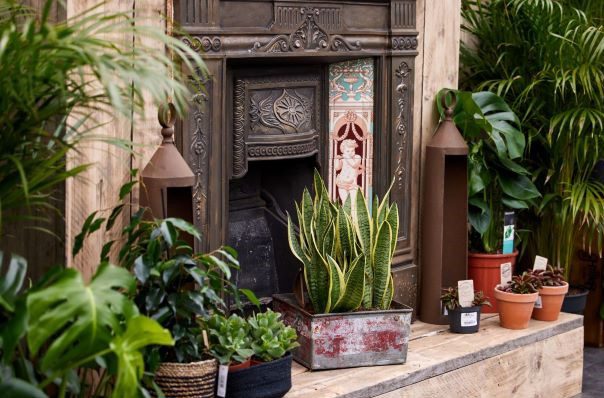
Houseplants, when utilised in places of healthcare, create a sense of calm and tranquillity when it’s needed most. They can offer positive physiologic advantages, being seen to reduce stress and enable a more comfortable, serene environment for recovery. Houseplants in your home could help act as a preventative measure, or assist with recuperation from illness.
Positioning your Houseplants
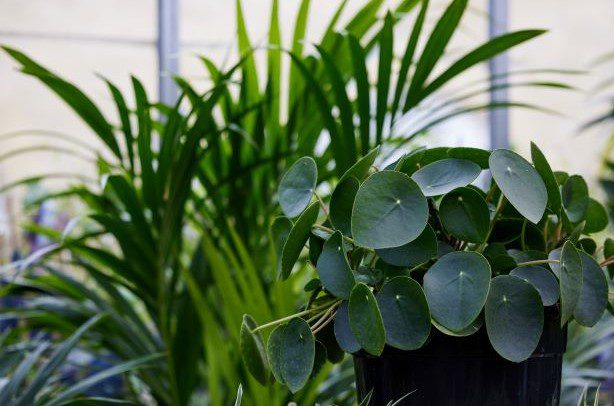
Different houseplants have different temperature, humidity and light level needs. This means you can find a houseplant to suit most rooms of your house. Most houseplants don’t do well if the temperature is very changeable, so avoid draughty spots or placing right next to a radiator. Think about accessibility when positioning your houseplants – a long-spouted watering can may be helpful but having to climb over the sofa or reach around the TV to water your plants will become quickly tiresome. Don’t put houseplants too close together. Displaying together in groups is really effective, but give each plant room to breathe. This means the foliage can be shown to best effect and airflow is maintained around each plant to minimise the risk of fungal disease.
Points To Consider
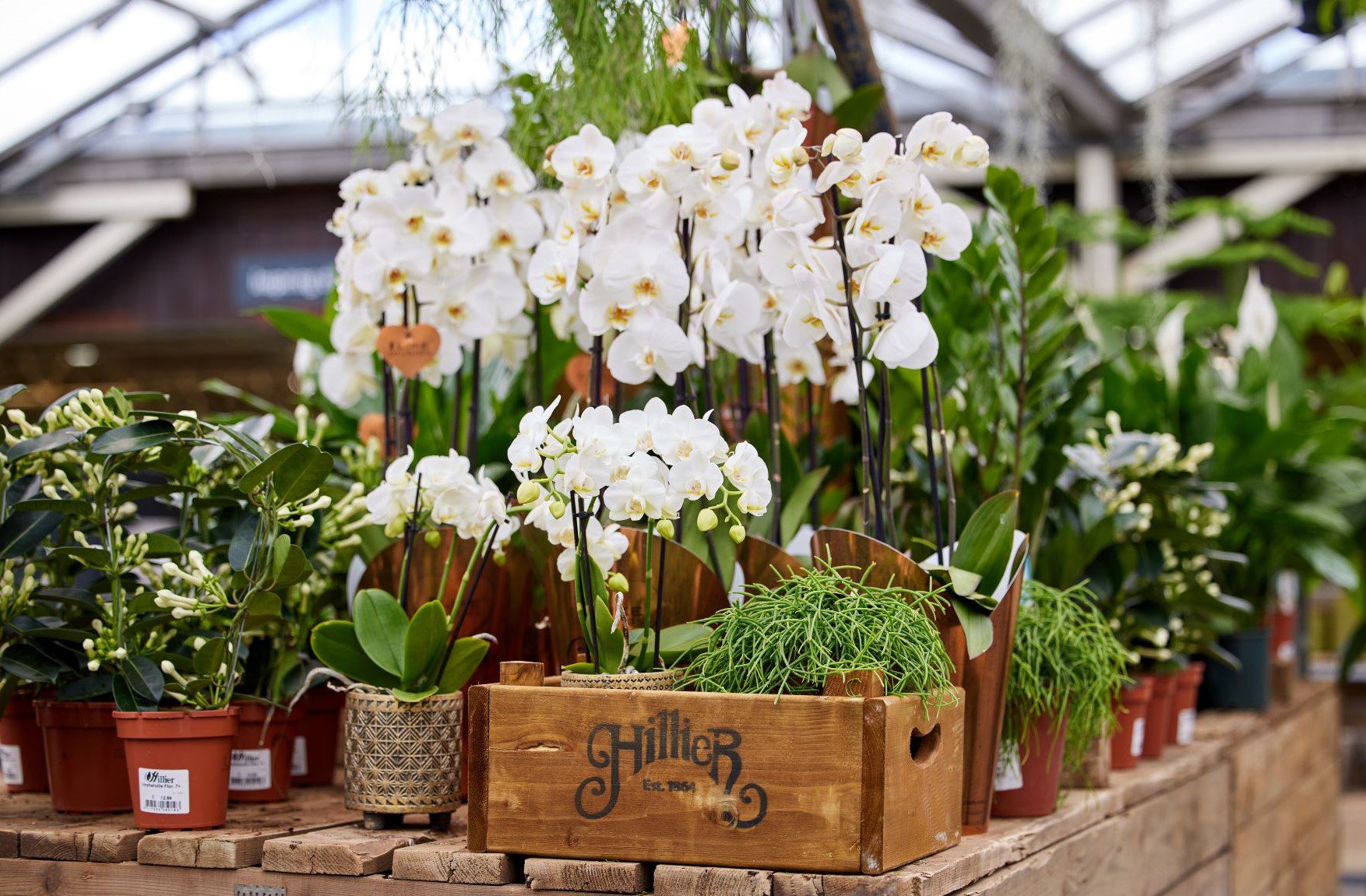
Many houseplants need good light levels but not direct sunlight – a north facing windowsill is ideal. Succulents and cacti are great for a sunny windowsill. They are also very forgiving if you forget to water them – a small amount once every week or two will be plenty. Think about the preferences of the plants themselves: houseplants such as Boston ferns, Spider plants, Bromeliad, Peace Lily and Orchids will thrive in more humid environments, so if you’re looking to add vivacity to your bathroom these are ideal candidates.
Calathea, native to South American jungle floors, will naturally flourish under the filtered light of canopies from other plants. Place under foliage that soaks up the majority of sunlight to help them grow or use in a shady spot. For any difficult spaces in your house that may be very humid, dry or dark, a hardy houseplant such as the Monstera Swiss Cheese plant will still bring that lush foliage you are looking for.
How To Display your Houseplants
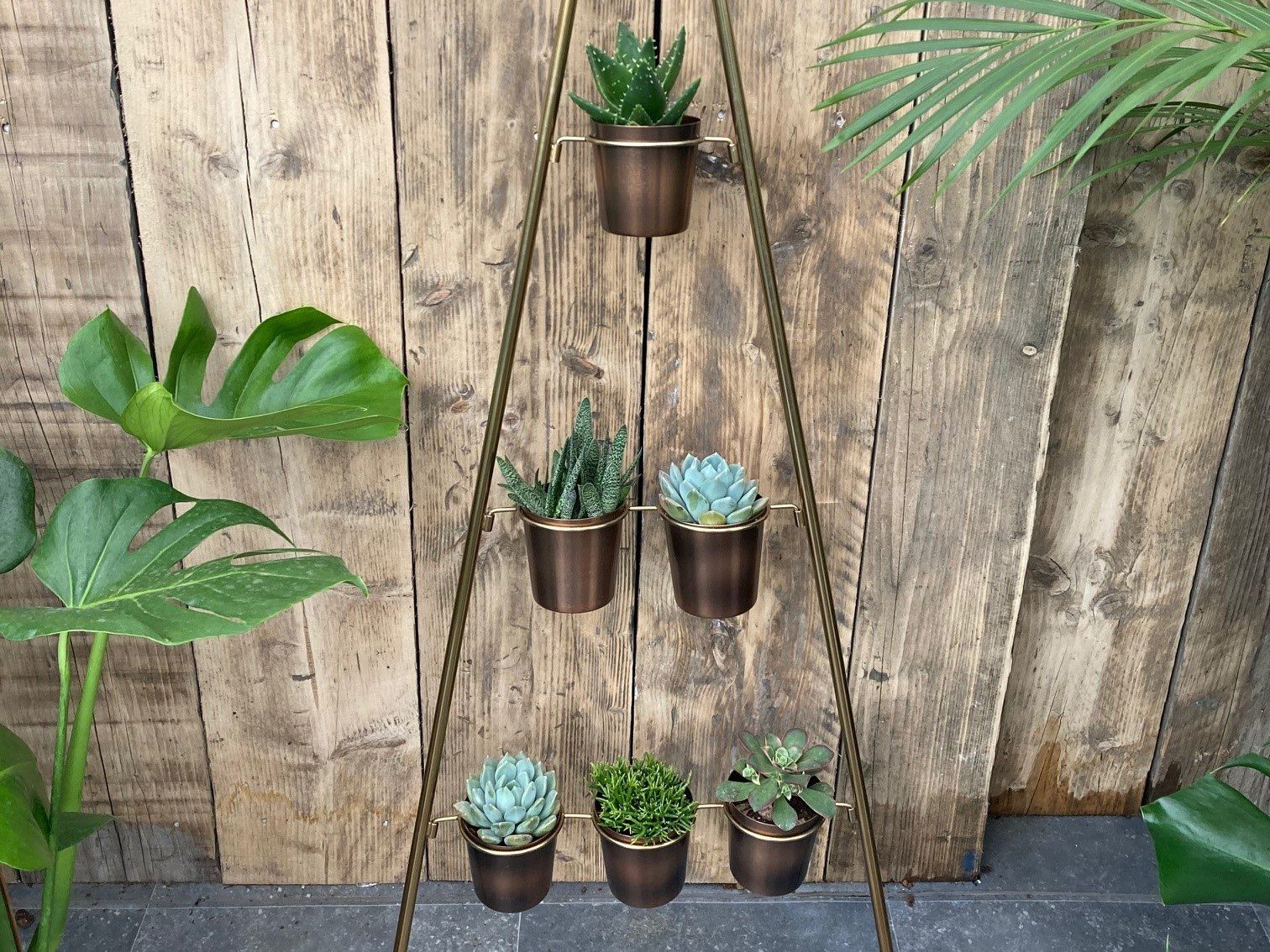
Using a variation of woven baskets and ceramic or concrete pots will heighten the graphic concept of your indoor design. Experiment with colours and size that you can easily incorporate into your home. Develop a stylistic approach to create layering and backdrops for your furniture and current interior. Installing an indoor trellis or wall-mounted planter can add interest and draw the eye whilst saving precious space. Using hangers by the window will help to create harmony between your living space and the outside world.
An Indoor Jungle
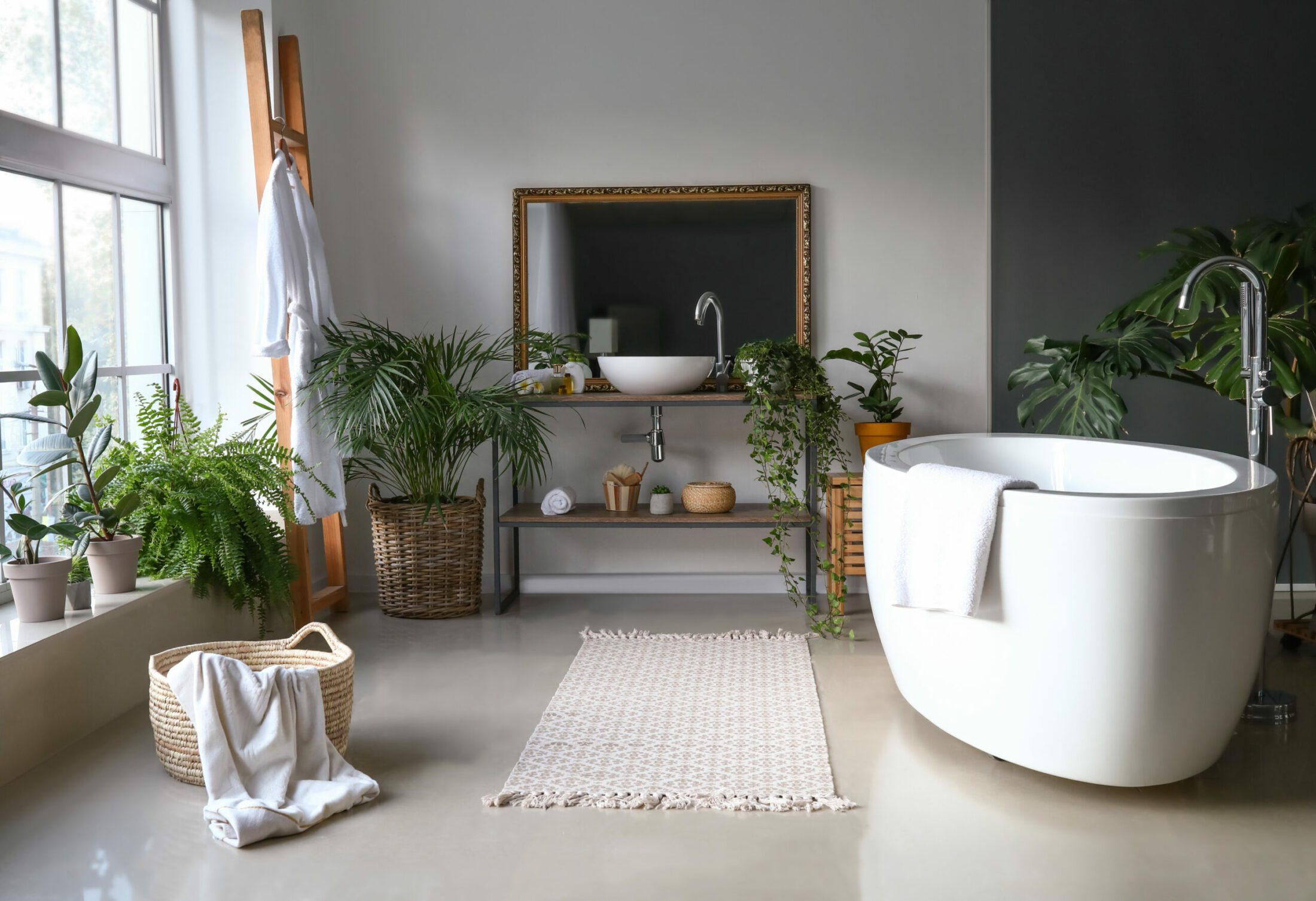
Begin building your jungle by using core plants as a base to build outwards. Plants that include oversized green foliage provide a suitable backdrop for smaller and more delicate blooms. Start with Areca and Kentia palms that can be layered with Dracaena to add texture. To enhance, Monstera and Calathea are bold choices with stunning greenery yet softer forms. Find spaces for Anthurium, Streptocarpus and Kalanchoe for little pops of colour that work brilliantly in against the green. Smaller plants such as Pileas, Tradescantias and striking succulents can then be positioned to complement. Simple yet effective.


